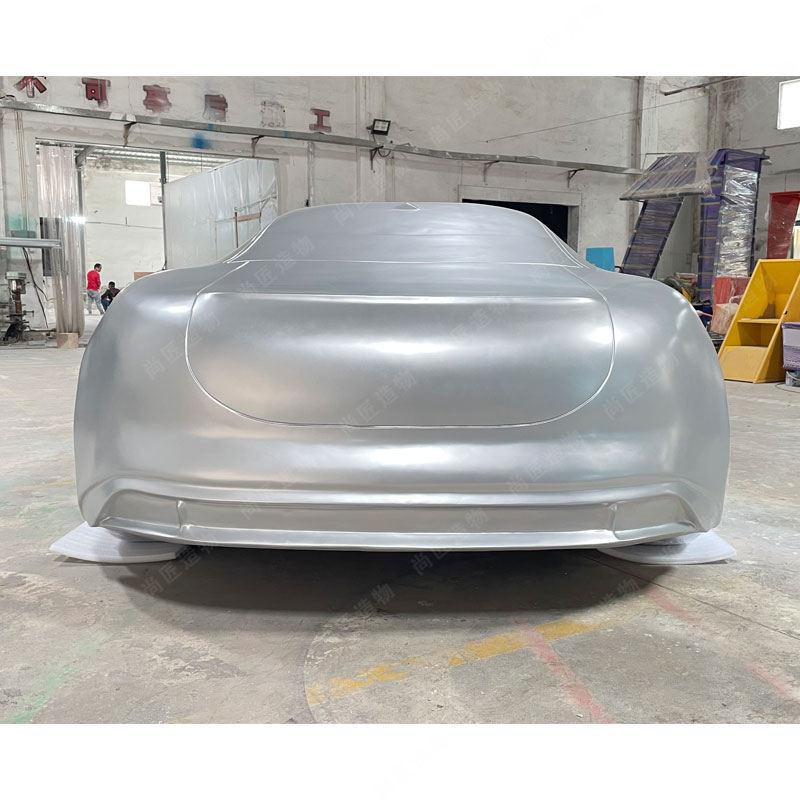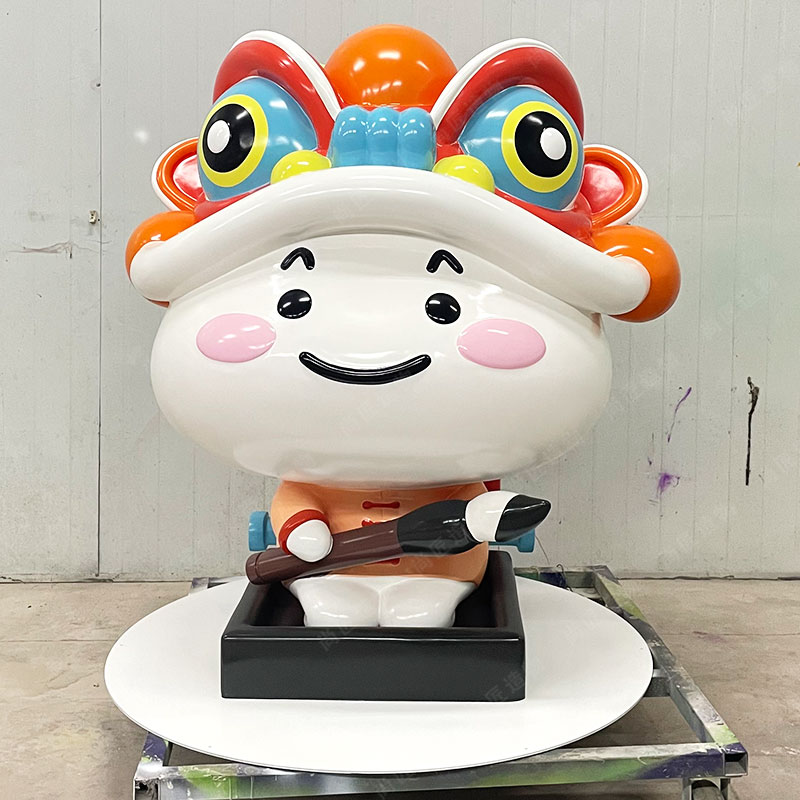Key Takeaways
This exploration of playful cartoon figures within licensed character statues reveals several defining artistic strategies. Central to the style is the deliberate distortion of proportions – limbs are dramatically elongated, torsos compacted, and heads enlarged far beyond anatomical realism. This exaggeration injects a sense of dynamic energy and childlike whimsy into familiar characters. Beyond proportions, artists employ whimsical transformations, reimagining characters through unexpected physical alterations. This can manifest as segmented "sliced" forms, suggesting movement or fragmentation, or the integration of organic elements like plant-like growths emerging from the figure itself.
"The goal isn't replication, but evoking the character's spirit through unexpected, joyful distortion," notes Taiwanese artisan Yen Jui-Lin, whose work exemplifies these techniques.
The table below summarizes the core characteristics distinguishing playful cartoon figure statues:
| Feature | Description | Effect |
|---|---|---|
| Exaggerated Proportions | Significant enlargement or reduction of body parts (e.g., huge head, long limbs) | Creates dynamic, energetic, humorous feel |
| Whimsical Transformations | Unconventional physical alterations (slicing, stretching, adding organic forms) | Introduces surprise, narrative depth, uniqueness |
| Artisan Techniques | Masterful carving/sculpting (e.g., Yen Jui-Lin's expressive wooden carvings) | Brings the playful vision to tangible life |
Understanding these elements—exaggeration, transformation, and skilled craftsmanship—is crucial for appreciating the unique appeal of these collectible IP character sculptures. They represent a distinct artistic interpretation within the broader licensed merchandise landscape.
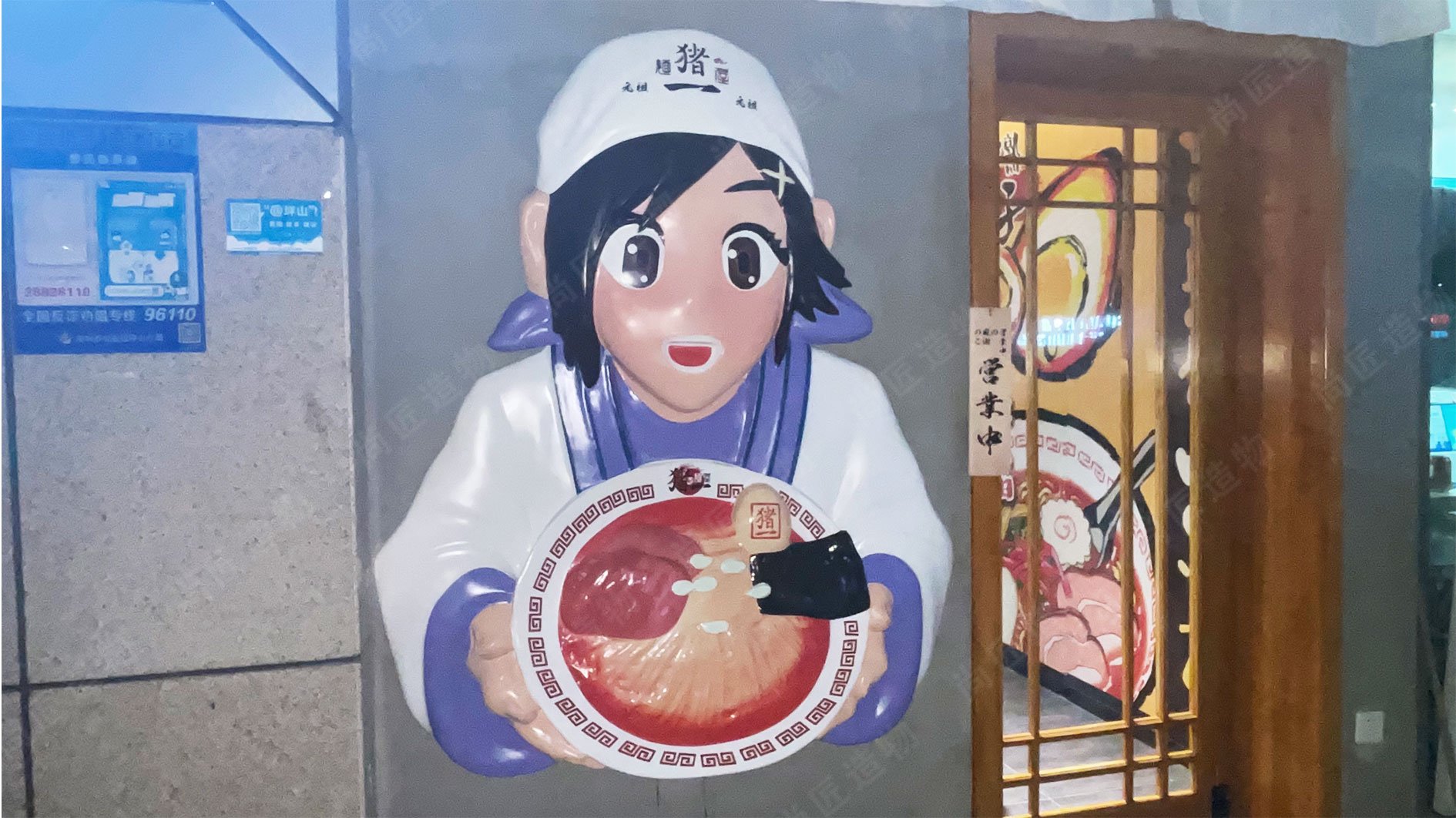
Playful Cartoon Figure Statues
These licensed character statues redefine traditional representations through deliberate distortion and fantasy elements. By intentionally exaggerating physical proportions—elongating limbs, enlarging heads, or compressing torsos—artists create instantly recognizable yet refreshingly unconventional versions of beloved characters. This approach moves beyond strict anatomical accuracy to evoke humor and childlike wonder. Taiwanese master artisan Yen Jui-Lin demonstrates this philosophy brilliantly in his wooden sculptures, where familiar figures undergo surreal metamorphoses: bodies stretch like taffy, segmented slices reveal internal patterns, and organic forms sprout from unexpected joints. While static, such designs often suggest implied movement through dynamic poses and spiraling elements, subtly echoing principles found in kinetic sculpture. These transformations maintain core character identities while infusing them with playful new narratives.
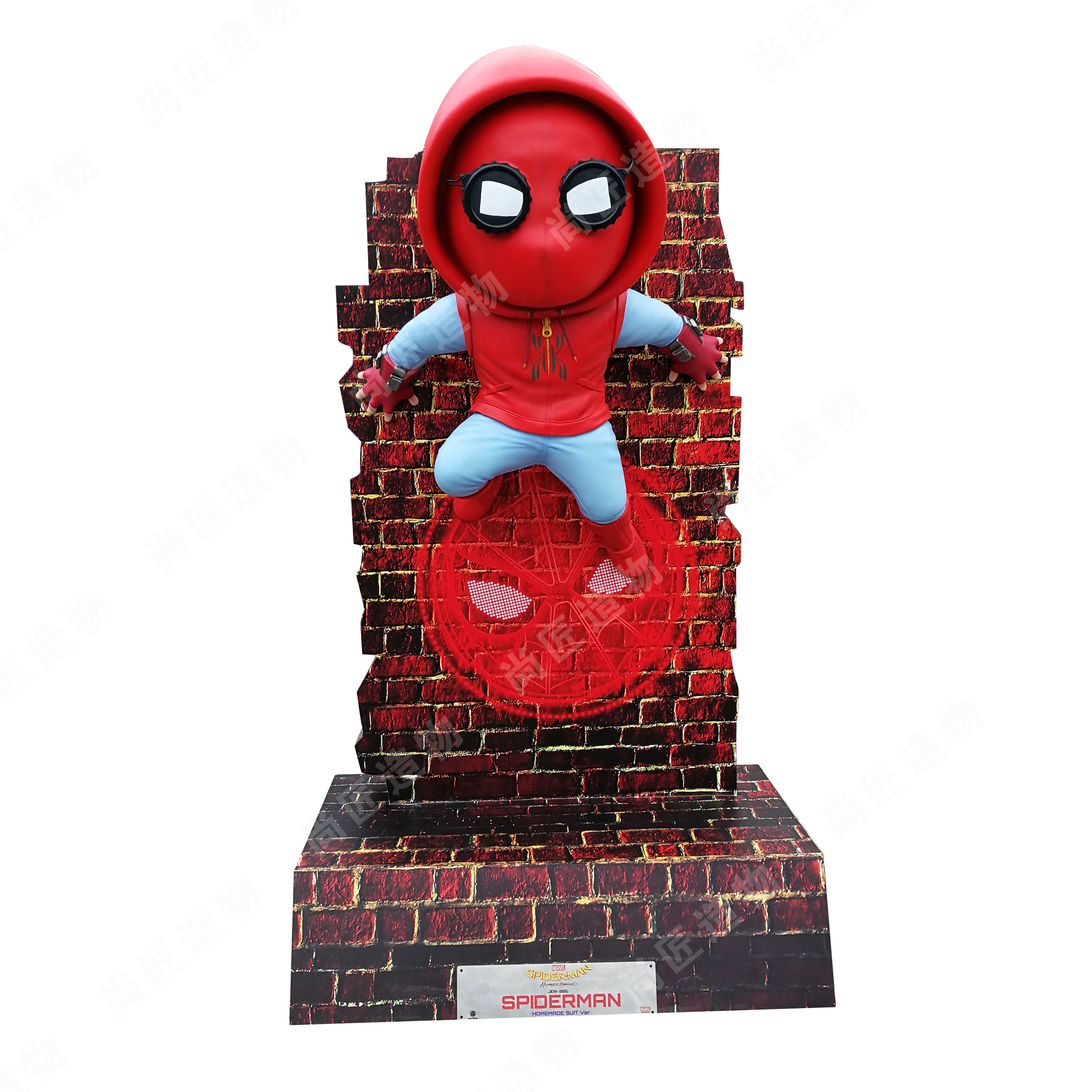
Exaggerated Character Proportions
Exaggerated proportions define playful cartoon figures in licensed character statues, deliberately distorting anatomy for whimsical impact. Artists amplify features like oversized heads, elongated limbs, or shrunken torsos to evoke humor and charm. This technique contrasts sharply with Realistic sculpture, which prioritizes anatomical accuracy. By stretching limbs to impossible lengths or enlarging expressive eyes, craftsmen infuse static figures with dynamic energy. Such distortions serve dual purposes: they heighten recognizability of familiar characters while adding surreal flair. For instance, stretched necks might suggest curiosity, while exaggerated hands emphasize gestures. These visual choices transform ordinary forms into engaging artworks that invite viewer interaction, naturally leading to more complex imaginative transformations in the statue's overall design.
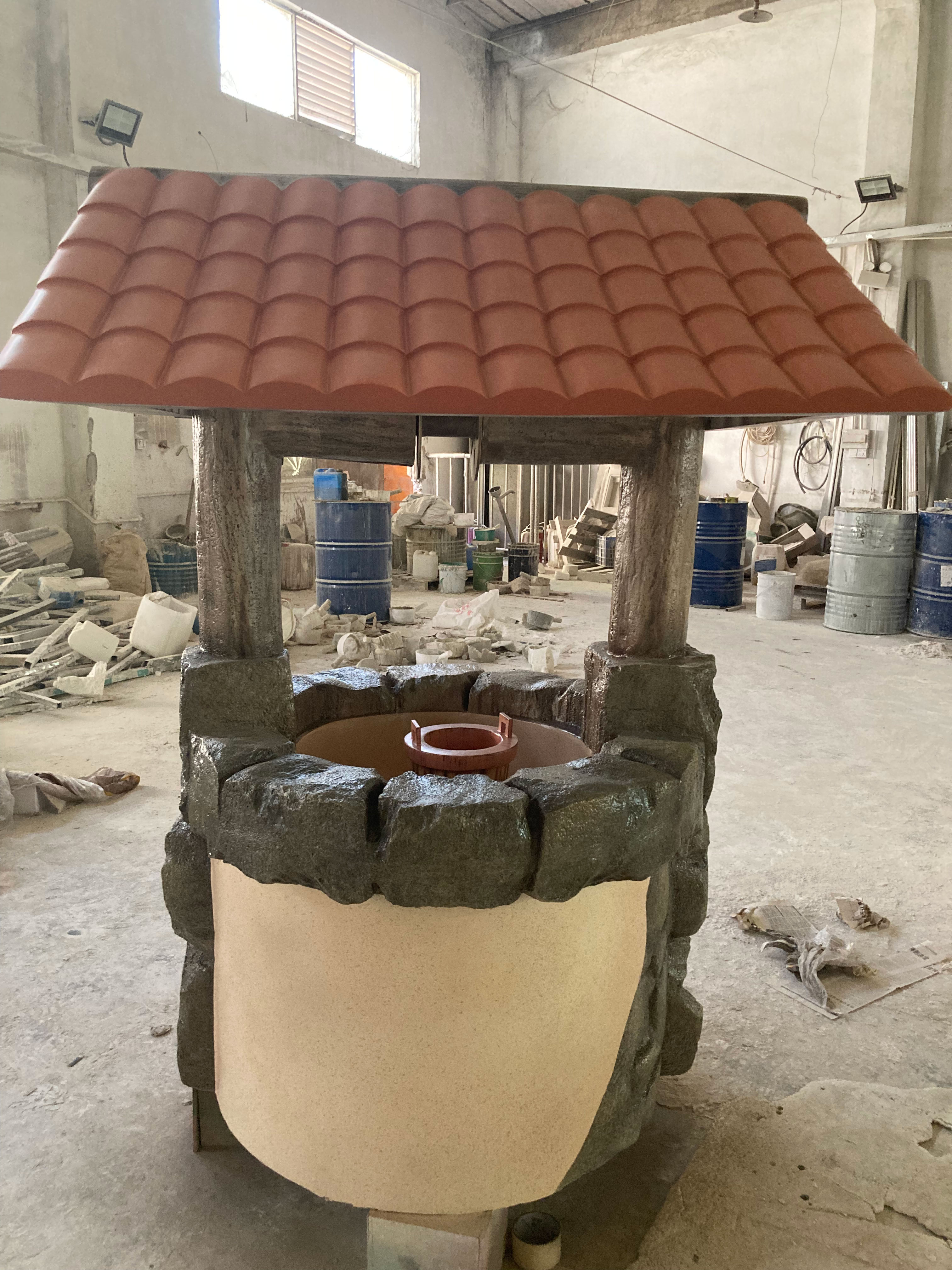
Whimsical Statue Transformations
Beyond simple proportion manipulation, licensed character statues achieve their playful nature through unexpected physical transformations. These whimsical alterations involve reimagining familiar figures with surprising structural changes. Taiwanese artisan Yen Jui-Lin demonstrates this concept masterfully in his wooden carvings. He takes recognizable characters and subjects them to imaginative metamorphoses. Bodies might be dramatically stretched, elongating limbs or torsos far beyond realism to inject a sense of dynamic movement or comical distortion. Forms can be sliced apart and reassembled in impossible configurations, creating fragmented yet cohesive silhouettes that challenge conventional anatomy. Perhaps most uniquely, elements reminiscent of plant-like growths emerge – limbs branching like trees, hair flowing into root-like tangles, or clothing sprouting leaf-like textures. These transformations move the figures beyond mere representation, embedding a layer of organic fluidity and surreal charm directly into the solid material. Consequently, the statues retain the essence of the licensed character while presenting it through a distinct, artistically liberated lens, contrasting sharply with more rigidly representational materials like fiberglass sculpture. This approach celebrates imaginative reinterpretation within the boundaries of intellectual property.
Yen Jui-Lin's Carving Techniques
Yen Jui-Lin employs distinctive methods to achieve the playful aesthetic central to licensed character statues. Characteristically, he manipulates wood to create exaggerated proportions, deliberately elongating limbs or torsos far beyond realistic scales. This stretching injects dynamism and whimsy into familiar figures. Furthermore, Yen utilizes slicing techniques, strategically segmenting forms to suggest movement or fragmentation, adding visual intrigue. His work frequently incorporates organic, plant-like growths emerging from the characters, blending natural elements with the artificial forms. These techniques – stretching, slicing, and integrating biological motifs – work in concert to transform static representations into expressive, animated pieces. This approach demonstrates how traditional wood carving can be innovatively applied to reinterpret modern licensed characters, pushing them towards playful abstraction while maintaining their core identity. Such reinterpretations highlight the artistic possibilities within the broader field of Cartoon sculpture.
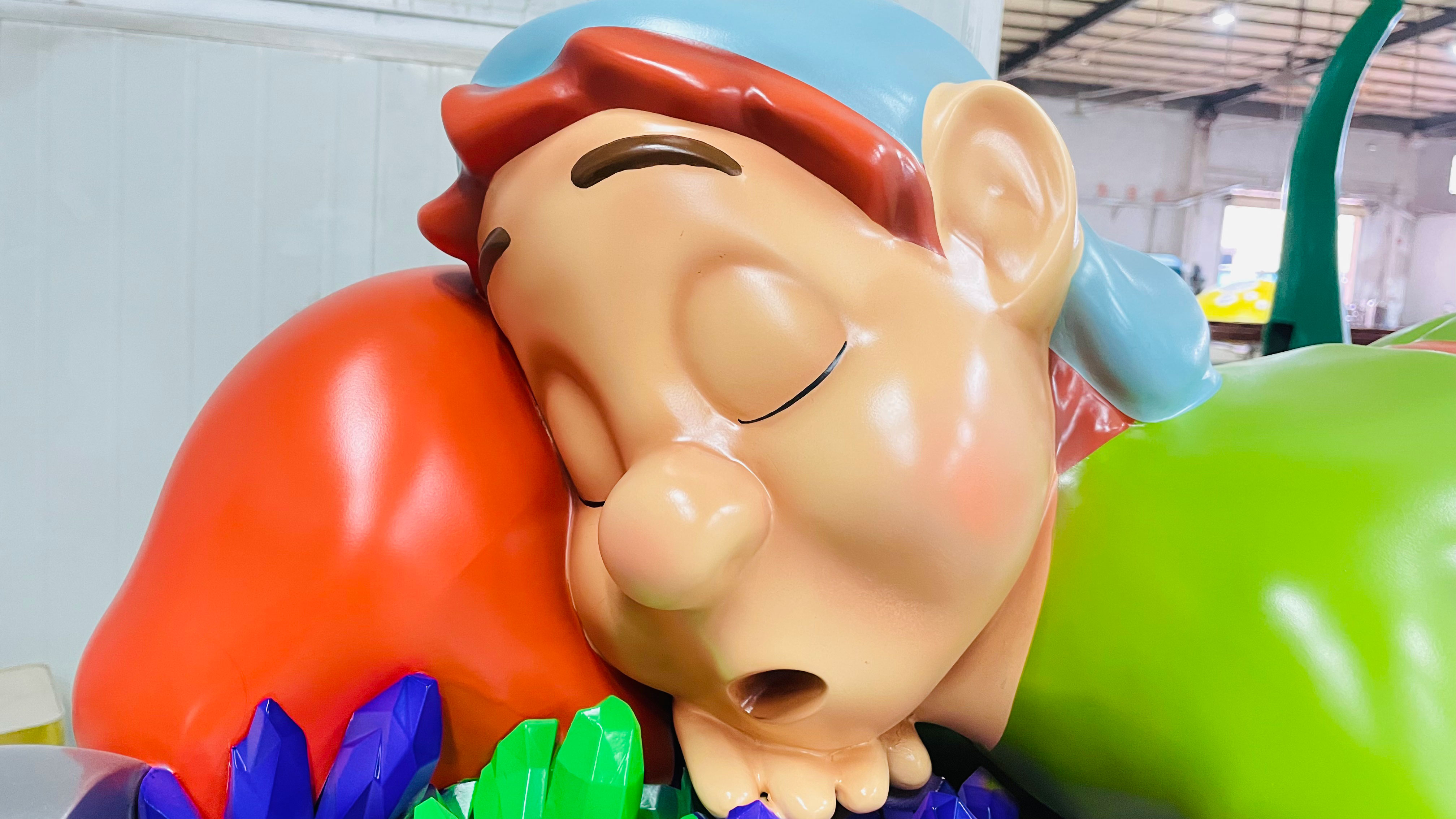
Stretched Body Cartoon Art
This technique dramatically elongates limbs, torsos, or necks far beyond realistic human proportions within the cartoon figure. It's a deliberate exaggeration used by artists like Yen Jui-Lin to inject a sense of whimsical movement and playful instability into the static form of a licensed character statue. By stretching these elements, the sculptor creates a visually dynamic tension, suggesting exaggerated poses like a character mid-stride, leaning precariously, or looking curiously around a corner with an impossibly long neck. This distortion amplifies the inherent personality traits of the character – perhaps making them seem more curious, clumsy, or energetic. While Yen often works with wood, achieving such extreme elongations reliably requires durable materials. For particularly ambitious stretches ensuring structural integrity over time, some artists might consider robust alternatives like stainless steel sculpture. The stretched body approach naturally complements other playful transformations, such as sliced forms, by further abstracting the familiar character into something uniquely expressive.
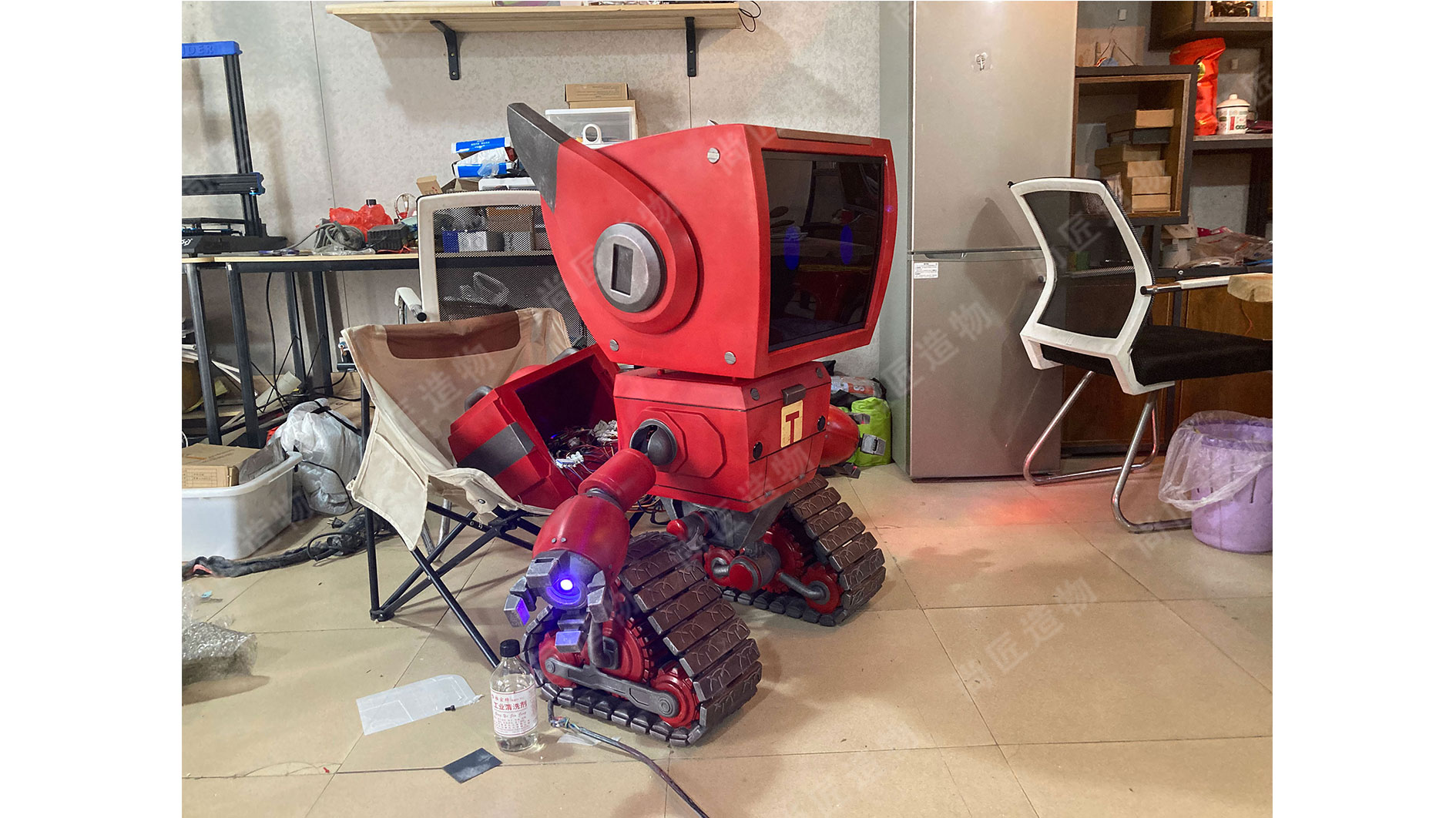
Sliced Form Character Designs
Building upon the theme of exaggerated proportions, sliced form designs represent another deliberate manipulation of the licensed character's structure. Here, artists intentionally segment the figure, creating the illusion that sections have been cleanly cut or displaced. This technique isn't about destruction but rather introduces striking negative spaces and unexpected angles within the familiar silhouette. For collectors, the appeal lies in the surprising reinterpretation; the core character remains instantly recognizable, yet its form is interrupted in a visually dynamic way. Taiwanese artist Yen Jui-Lin frequently employs this approach in his expressive wooden carvings. By strategically slicing through torsos or limbs, he crafts statues where solid volumes interact dramatically with empty voids. This generates a unique sense of movement and spatial tension, transforming static figures into captivating sculptural puzzles that challenge conventional form while honoring the licensed character's essential identity. The result is a whimsical yet sophisticated exploration of shape and space.
Plant-Like Growths in Statues
Another defining feature of playful cartoon figures emerges through organic elements resembling natural growths. Sculptors incorporate plant-inspired motifs—such as twisting vines, blooming flowers, or root-like extensions—into character designs. These botanical additions transform static statues into dynamic forms that seem alive and evolving. For instance, limbs might branch into leafy tendrils, or hair could flow like cascading ferns. Taiwanese artist Yen Jui-Lin demonstrates this approach by integrating woodgrain patterns into carvings, where figures appear to sprout wooden shoots or merge with tree-like textures. This technique blurs boundaries between characters and nature, amplifying their whimsical essence. Such growths not only enhance visual storytelling but also invite viewers to imagine the figures existing within fantastical ecosystems. Consequently, the plant-like elements reinforce the playful transformation central to these collectible artworks.
Conclusion
In essence, playful cartoon figures transform licensed characters through deliberate exaggeration and surreal modifications. As demonstrated throughout this discussion, artisans like Yen Jui-Lin reinterpret familiar forms by stretching limbs, segmenting bodies, and integrating organic elements such as floral growths. This approach elevates statues beyond mere replicas into dynamic artistic commentaries. The resulting pieces maintain character recognition while injecting humor and movement through distorted proportions and unexpected transformations. Such innovations demonstrate how licensed art evolves when creators balance brand integrity with imaginative reinterpretation. Ultimately, these whimsical sculptures celebrate both pop culture icons and the boundless creativity possible within authorized adaptations.
Frequently Asked Questions
What makes playful cartoon figure statues durable despite their exaggerated designs?
Artists engineer these statues using reinforced materials at stress points. Strategic internal supports balance oversized heads and stretched limbs, maintaining structural integrity while preserving the whimsical aesthetic.
How should collectors display statues with extreme proportions like stretched bodies or sliced forms?
Position these pieces on stable surfaces with adequate clearance. Allow space around protruding elements and rotating plant-like growths to appreciate their full dimensionality. Avoid high-traffic areas where delicate extensions could be impacted.
Can playful transformations affect a licensed statue's authenticity?
Licensed manufacturers collaborate closely with intellectual property holders. All exaggerated proportions and whimsical elements undergo approval processes to ensure artistic interpretations align with brand guidelines while adding unique value.
Are special cleaning methods needed for statues with intricate details like sliced forms?
Use soft brushes for crevices in sliced sections and compressed air for plant-like growth details. Avoid liquid cleaners near wooden elements in hand-carved pieces like Yen Jui-Lin's work, as moisture may warp delicate carvings.
 ch
ch English
English

